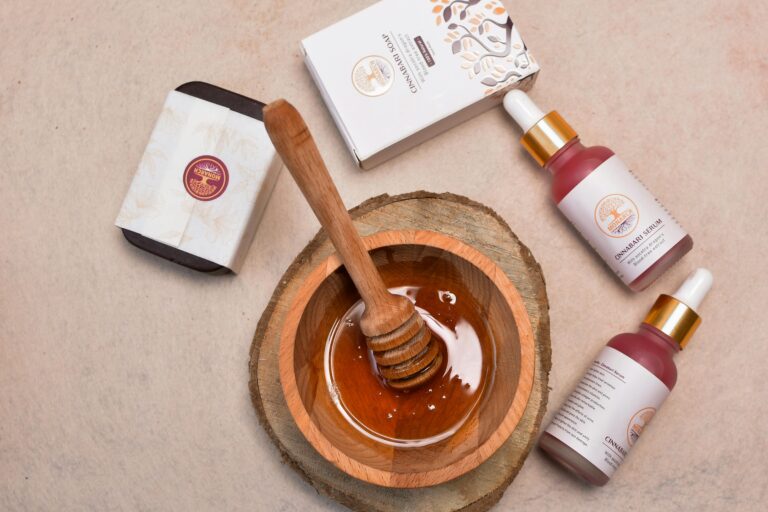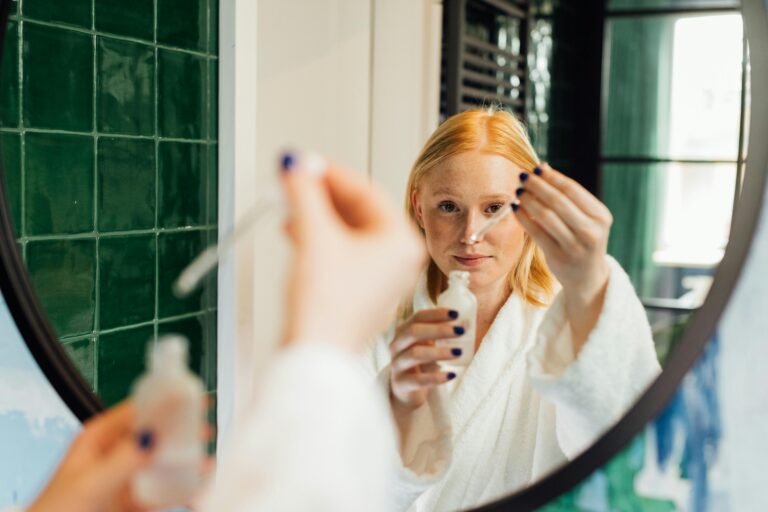Creating a Sustainable Lifestyle: Practical Steps for Everyday Life
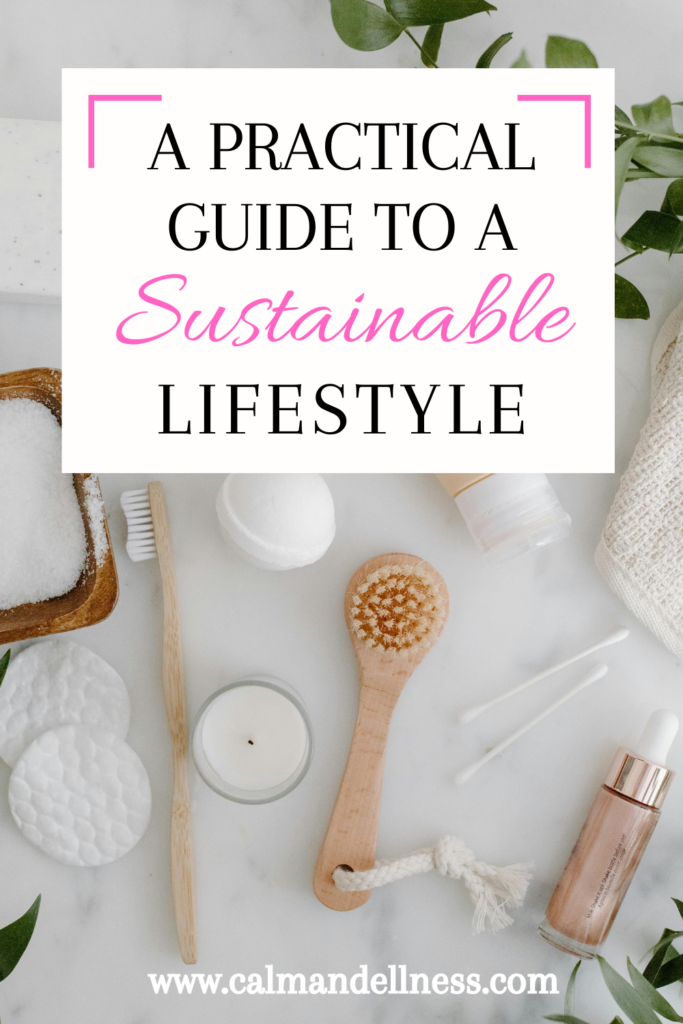
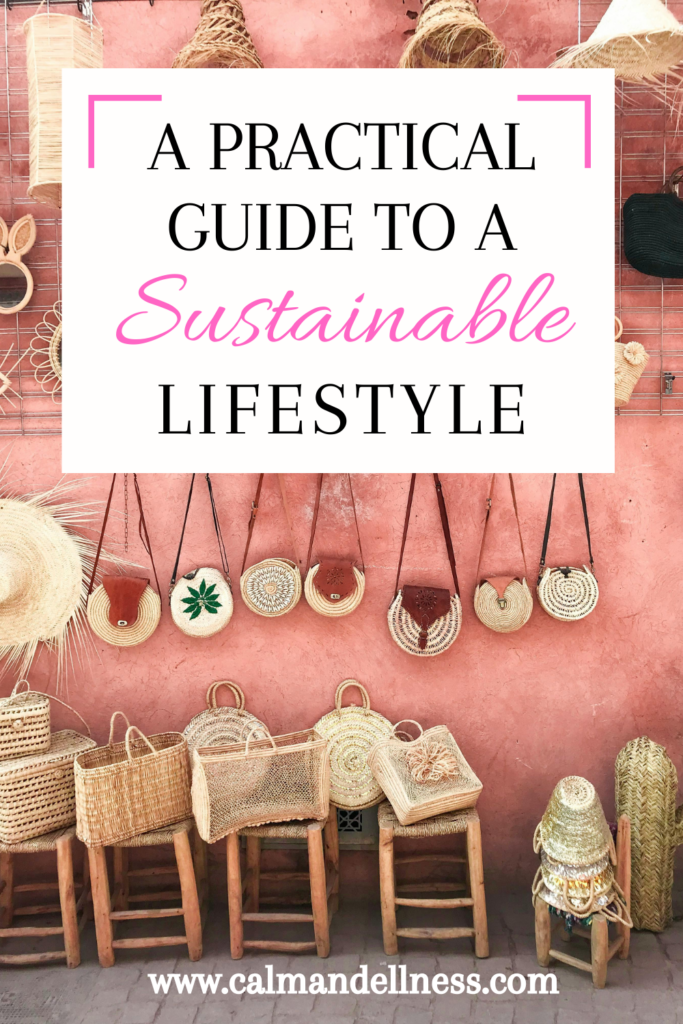
Let’s be real about sustainable lifestyle : in the biginning living sustainably can feel completely overwhelming.
Between the endless sea of “eco-friendly” products, conflicting advice on social media, and that low-key guilt trip your zero-waste friend gives you every time she sees you with a plastic water bottle, it’s enough to make anyone want to give up before starting.
But here’s the truth bomb we all need to hear about sustainable lifestyle —sustainability isn’t about perfection. It’s about progress. And TBH, even small changes can make a serious impact when we all do them together.
Ready for some shocking perspective? The average person generates about 4.9 pounds of waste daily. That’s almost 1,800 pounds per year! Yikes.
But don’t panic, because I’ve rounded up the most practical, doable ways to reduce your environmental footprint without completely overhauling your life – let’s begin our journey towards a sustainable lifestyle.
This site contains affiliate links, view the disclosure for more information.
1. Understanding Sustainable lifestyle Basics
First things first: what even is sustainability beyond those aesthetically pleasing Instagram posts of perfectly organized pantries with matching glass jars?
True sustainable living actually stands on three major pillars:
1- environmental (protecting our planet),
2- economic (making sure solutions are financially viable)
3- social (ensuring practices are equitable and fair for all people).
The biggest misconception I hear all the time?
“My individual actions don’t matter when corporations are the real problem.” I get it, and yes, we absolutely need systemic change.
But here’s the thing: consumer choices collectively drive market trends and when enough of us make sustainable choices, companies follow the money.
Your actions literally create the demand for more sustainable options!
Want to know where you stand? Try an ecological footprint calculator (there are tons of free ones online). It’ll show you how many Earth’s worth of resources we’d need if everyone lived like you do, it just gives you a baseline for a sustainable lifestyle.
2. Simple Daily Habits for Sustainable Living
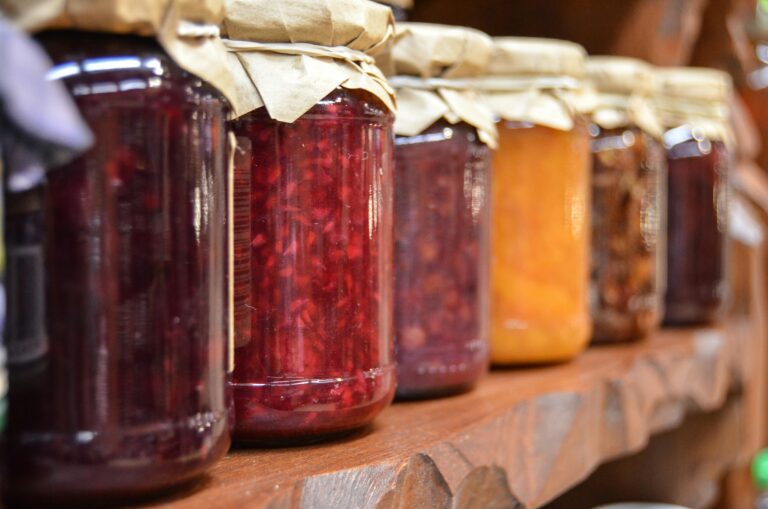
Talking about sustainable lifestyle, let me tell you what transformed my mornings: switching to a bamboo toothbrush and bar soap instead of plastic-packaged body wash. Such small changes, but my bathroom trash is literally half what it used to be!
For those commuting struggles we all face, try the 20-minute rule: if it takes less than 20 minutes to walk or bike somewhere, skip the car.
Your body and the planet will thank you! On days when you absolutely must drive, try leaving 10 minutes earlier to avoid idling in traffic (which is literally just burning gas for zero benefit).
And let’s talk energy vampires—those sneaky devices silently sucking electricity even when “off.”
Your microwave, TV, phone chargers… they’re all drinking up power 24/7. I invested in a few smart power strips that completely shut off power to devices when not in use, and my electric bill dropped by $23 the very first month!
And if you look around, you’ll find plenty of tips and ideas on how to make your home more sustainable!
- Carry Reusables: Keep a reusable water bottle, coffee cup, and shopping bag with you at all times.
- Energy Conservation: Turn off lights when leaving a room, unplug electronics, and use power strips to reduce standby energy consumption.
- Buy in Bulk: Purchase staples like grains, nuts, and spices in bulk to reduce packaging waste.
- Join Community Efforts: Participate in clean-up events, tree-planting initiatives, or sustainability workshops in your area.
- Spread Awareness: Share your sustainability journey with friends and family, and encourage small changes that make a big impact.
3. Transforming Your Home for Eco-Friendly Living

Before rushing to buy all the sustainable home goods (been there!), start with a DIY home sustainability audit.
Spend one Sunday afternoon checking for drafty windows, measuring how quickly your faucets fill a cup, and looking at which appliances use the most energy.
Knowledge is power….and in this case, it literally helps you reduce power consumption!
The most surprising thing I learned? The absolute best bang-for-your-buck sustainable home improvements aren’t the sexy solar panels (though those are amazing if you can swing them). It’s the boring stuff like weather-stripping your doors and windows. My $12 investment in weather-stripping saved me $140 on heating last winter. I’m not even exaggerating!
And if you’re renting? No problem! Removable window film insulation, smart power strips, and swapping in LED bulbs can all significantly reduce your energy use without altering the property. Just store the original bulbs to swap back when you move.
I used to think “green cleaning” meant products that didn’t work as well but cost twice as much.
Then I discovered that vinegar, baking soda, and a few drops of essential oil clean better than my old chemical cleaners at a fraction of the price.
My favorite combo for nearly everything: one part vinegar, one part water, and a few drops of lavender oil in a glass spray bottle. You’re welcome!
- Energy Efficiency: Switch to energy-efficient appliances and LED lighting, which use less electricity and lower utility bills.
- Water Conservation: Reduce water waste with low-flow faucets, shorter showers, and rainwater collection for gardening.
- Eco-Friendly Cleaning: Use non-toxic, biodegradable cleaning products or make DIY cleaners with vinegar, baking soda, and essential oils.
- Sustainable Materials: Opt for furniture and decor made from bamboo, reclaimed wood, or recycled materials.
- Reduce Single-Use Plastics: Invest in glass or stainless steel storage containers, reusable wraps, and cloth napkins instead of disposable items.
4. Sustainable Lifestyle: Food Choices and Practices
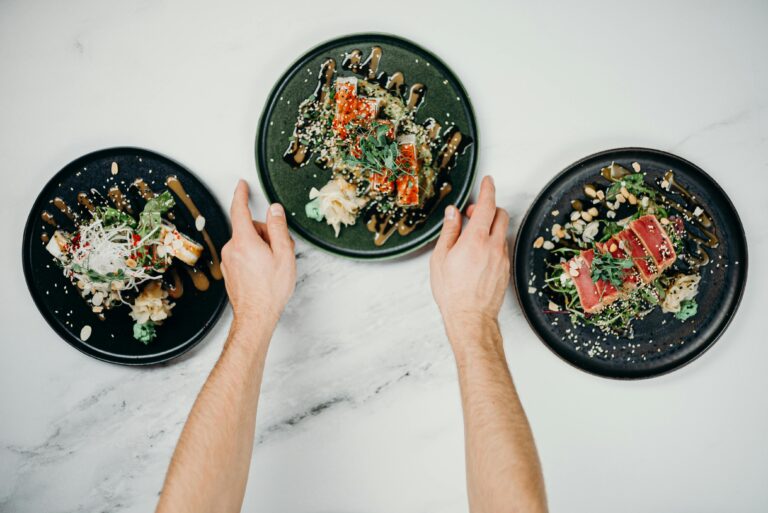
Let’s get something straight: You don’t have to go full vegan to make your diet more sustainable (unless you want to!).
Even implementing “Meatless Mondays” reduces your food-related carbon footprint by about 15% for that day. When I started treating meat as a “condiment” rather than the main event, I not only reduced my environmental impact but also discovered so many amazing plant-based recipes I’d been missing out on.
Food waste is the sustainability fail we’re all guilty of, the game-changer strategy? The “EAT ME FIRST” bin in your fridge.
Designate a specific container or shelf section for food that needs to be used ASAP, and check it before cooking anything. My household food waste dropped by 60% with this stupidly simple hack!
One of my favorite weekend activities now is hitting the farmers market for seasonal produce. Not only do seasonal foods taste infinitely better (have you ever had a tomato from the supermarket in January? Tragic.), but they’re also usually cheaper and have traveled way fewer miles to reach you. Win-win-win!
Even my apartment-dwelling friends with zero outdoor space are growing herbs on windowsills and lettuces under cheap grow lights. My friend Sarah hasn’t bought herbs in two years from her tiny kitchen garden, saving over $200 annually while enjoying fresher food. Plant parents, unite!
- Eat Seasonally & Locally: Purchasing seasonal produce from local farmers reduces carbon emissions associated with transportation.
- Plant-Based Alternatives: Reducing meat consumption, even one day a week (like Meatless Monday), can lower your carbon footprint.
- Smart Meal Planning: Plan your weekly meals to avoid overbuying and wasting food.
- Composting: Set up a composting system to recycle food scraps into nutrient-rich soil for your garden.
- Use Food Scraps Creatively: Repurpose vegetable peels, stale bread, and leftovers into new meals to minimize waste.
5. Mindful Consumption: Beyond Recycling
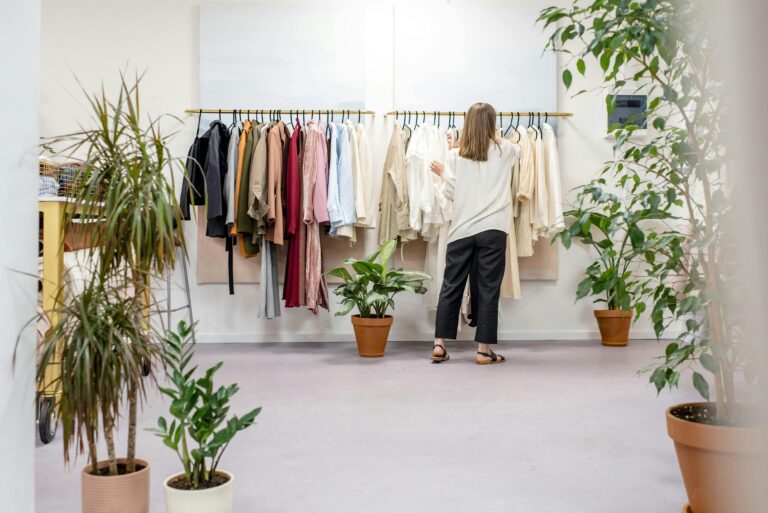
I used to be so proud of my meticulous recycling habits until I learned that less than 9% of plastic actually gets recycled, even when placed in the correct bin.
Mind. Blown. That’s when I realized that recycling isn’t enough and we need to start by refusing and reducing first.
This shift in mindset led me to learn more about fair trade and conscious consumption.
The 5Rs hierarchy completely changed my approach:
1) Refuse (say no to things you don’t need),
2) Reduce (buy less overall),
3) Reuse (opt for durable, multipurpose items),
4) Repurpose (get creative with new uses for old things), and finally,
5) Recycle (as a last resort)
Following this order has not only reduced my waste but also saved me serious cash by preventing impulse purchases.
Speaking of shopping, let’s talk greenwashing, that sneaky marketing that makes products seem eco-friendly when they’re… not so much. Words like “natural,” “green,” and “eco” have zero regulatory meaning. I now look for specific certifications (USDA Organic, Fair Trade, B Corp) instead of vague claims. It takes a minute longer but ensures your money supports genuinely sustainable practices.
Fast fashion was my personal sustainability blindspot for years. The turning point?
Learning that the average American throws away 81 pounds of clothing annually! Now I follow the “30 wears test”, if I can’t see myself wearing something at least 30 times, it stays on the rack. My closet is smaller but I actually wear and love everything in it!
- Buy Less, Choose Better: Prioritize quality over quantity by investing in durable, ethically made products.
- Research Brands: Support companies that are transparent about their sustainability efforts, fair wages, and eco-friendly production methods.
- Avoid Greenwashing: Check for legitimate eco-certifications like Fair Trade, B Corp, or USDA Organic.
- Opt for Second-Hand: Shopping for clothes, furniture, and electronics in thrift stores or online marketplaces reduces demand for new production.
- Reduce Packaging Waste: Choose minimal packaging or buy in bulk to cut down on plastic waste.
6. Zero-Waste Beauty & Self-Care
Let me spill my biggest sustainable beauty revelation: my bathroom used to be a graveyard of half-used plastic bottles and products that didn’t work for me.
Then I discovered the world of zero-waste beauty – game changer! I switched to a shampoo bar (awkward adjustment period: 2 weeks; money saved per year: $87) and a refillable moisturizer from a local shop that lets me bring my own container.
My shower ledge is now gorgeously minimalist, and I’ve cut my bathroom waste by about 70%!
The multipurpose product that rocked my world?
A tinted moisturizer with SPF that replaced three separate products in my routine. For those “but I need my fancy skincare” moments, I’ve found that DIY masks made from kitchen ingredients like honey, avocado, and oatmeal work better than my old $45 treatments. My friend Jess swears by the coconut oil makeup remover she makes by adding a few drops of lavender essential oil—she says her skin has never looked better, and she saves nearly $200 annually on makeup wipes and remover.
When you do need to dispose of beauty packaging, don’t forget about brand take-back programs! MAC, Kiehl’s, and Lush all offer free products when you return empty containers. Free lipstick AND waste reduction? Yes, please!
- Plastic-Free Packaging: Look for beauty brands that offer refillable containers, glass packaging, or biodegradable alternatives.
- Multipurpose Products: Choose products that serve multiple functions, like a tinted moisturizer that replaces foundation and sunscreen.
- DIY Beauty: Make homemade skincare with natural ingredients like coconut oil, aloe vera, and essential oils.
- Sustainable Haircare: Use shampoo bars, refillable hair products, and sulfate-free formulas to minimize waste.
- Recycling & Disposal: Check local recycling guidelines for cosmetic packaging, and participate in take-back programs from beauty brands.
7. The Connection Between Sustainability & Wellness
Here’s something that blew my mind: the same choices that are good for the planet are usually incredible for our personal wellbeing too!
That was the moment I began diving into every non-toxic home swap I could find, determined to create a safer, healthier space for my family.
Also the most surprising wellness benefit came when I embraced “slow living” principles: instead of frantically shopping for new decor each season, I started spending that money on experiences like cooking classes and hiking trips.
The result? My home is less cluttered, my credit card bill is lower, and I’m literally happier according to my mood-tracking app. Marie Kondo was right all along! Speaking of nature, my doctor actually “prescribed” 20 minutes of outdoor time daily for my anxiety, and it works better than my previous medication (with zero side effects!). I’ve found that forest bathing—basically mindful walking in nature—resets my nervous system when work stress hits peak levels. And my latest experiment? Digital minimalism. I deleted 40GB of old files and photos from my cloud storage
- Non-Toxic Living: Reduce exposure to harmful chemicals by choosing organic food, natural cleaning products, and low-toxicity home goods.
- Slow Living & Mindfulness: Simplify your lifestyle by prioritizing experiences over material possessions.
- Decluttering for Mental Health: A minimalist approach helps create a calm, clutter-free environment.
- Nature Therapy: Spending time outdoors improves mental health and fosters appreciation for the environment.
- Digital Detox: Reduce energy use by limiting screen time, managing cloud storage, and turning off devices when not in use.
8. Building Community: The Collective Impact
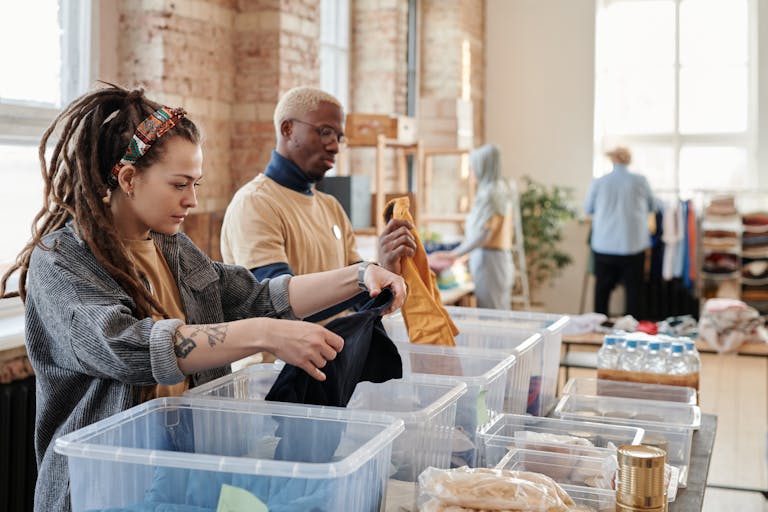
The absolute best decision I made on my sustainability journey? Finding my eco-tribe! Through a local Facebook group, I connected with people passionate about sustainability and truly committed to build a sustainable lifestyle. Sometimes it start as coffee meetups to discuss recycling confusion and then evolve into community cleanups, skill-sharing workshops, and genuine friendships.
Talking about sustainability with friends and family can be tricky without coming across as preachy (we’ve all experienced that eye-roll when mentioning composting at Thanksgiving dinner!). The approach that works best? Focusing on benefits they’ll personally care about. For money-conscious friends, I highlight cost savings. For health-focused relatives, I emphasize reduced chemical exposure. For busy parents, I share time-saving sustainable hacks.
One of my proudest achievements was starting a green initiative at work. Instead of leading with environmental impacts, I presented data on how similar companies saved money and improved their brand image through sustainability programs. The result? Management approved a comprehensive recycling program and energy audit that reduced operating costs by 12% in the first year!
The pandemic made me appreciate local businesses in a whole new way. Now, I intentionally shop at our farmer’s market, independent bookstore, and neighborhood restaurants instead of defaulting to Amazon and chain stores. Yes, I sometimes pay slightly more, but the money stays in my community, supports local families, and ensures these places survive for everyone to enjoy. At the end of the day, I believe a sustainable lifestyle isn’t just about me.
9. Overcoming Challenges in Sustainable Living

Let’s address the elephant in the room: the misconception that sustainable living is expensive.
While certain eco-products carry premium price tags, true sustainability often saves money and sometimes the most sustainable option is usually the thing you already own!
Living situation challenges are real, apartment dwellers, I see you!
Without control over major systems like heating or water, focus on what you can influence. Window gardens, doorway draft stoppers, LED bulbs, and smaller composting solutions like Bokashi bins work in any living situation.
That overwhelming feeling that no matter what you do, it’s not enough to save the planet? It’s now called eco-anxiety, and it can be paralyzing.
What helps me is focusing on concrete actions rather than abstract problems. Instead of worrying about climate change as a whole, you can concentrate on reducing your personal carbon footprint and supporting climate-friendly policies.
The sustainable habit that’s hardest to maintain? For me, it was remembering reusable bags.
My solution: keeping them EVERYWHERE—in my car, by the door, in my purse, at my desk. Now grabbing one is automatic. Whatever habit you’re struggling with, the key is making the sustainable option the easy, default choice.
And when family members aren’t on board? Start with changes they won’t even notice. Switch to energy-efficient bulbs, use earth-friendly laundry detergent, or adjust the thermostat by just one degree. Small victories build momentum, and seeing benefits like lower utility bills often converts skeptics faster than any environmental argument!
I’ve found that sustainable living delivers unexpected benefits beyond environmental impact. My home is less cluttered, my spending more intentional, my connection to local community stronger, and even my health improved from more walking and less processed food.
The planet doesn’t need a handful of people doing sustainability perfectly—it needs millions doing it imperfectly but consistently.
Here’s the beautiful truth about creating a sustainable lifestyle: it’s not about perfection, it’s about progress. Every single choice matters, from skipping a plastic straw to biking instead of driving. These small actions add up to massive collective impact when we all participate.
Ready to start your sustainable journey? Trust me—future you (and future Earth) will be so glad you did!
READ ALSO


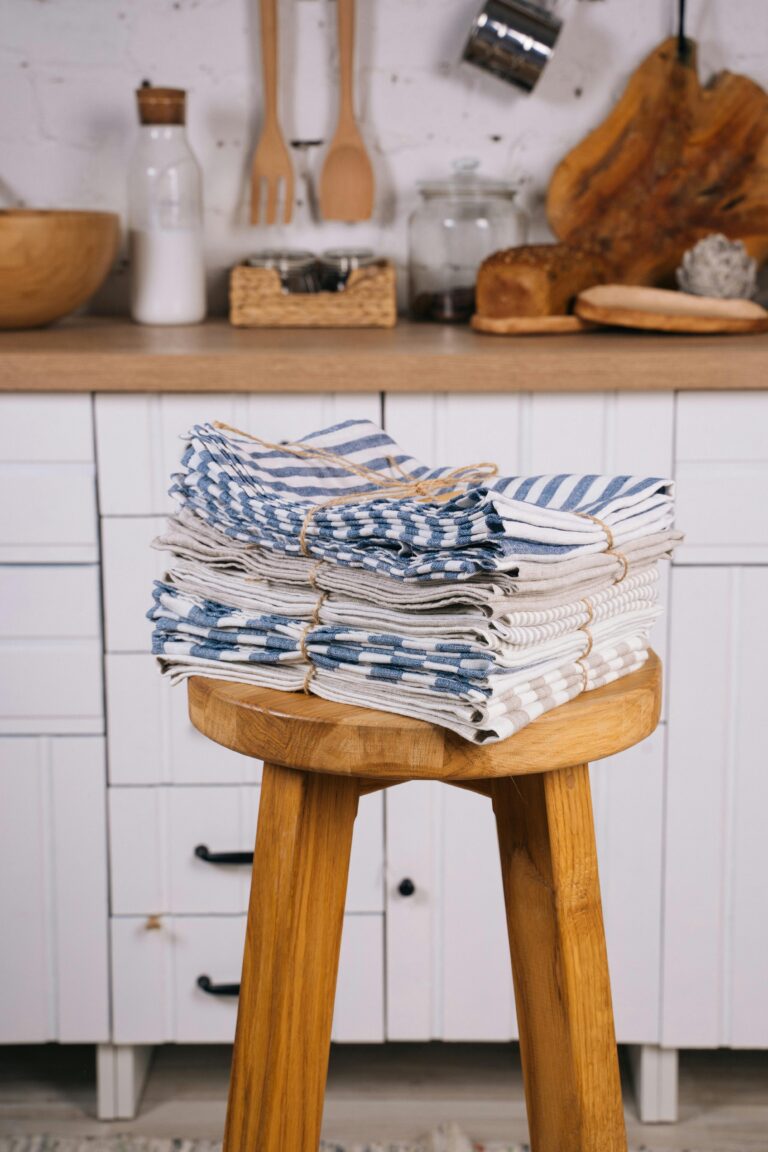


19 Natural Ingredients for Hair Care That Actually Work (And Why You’ll Never Go Back)
Okay, real talk. If you’ve ever stared at the back of a shampoo bottle and felt like you needed a chemistry degree to understand it… you’re not alone. Between the sulfates, parabens, and mystery “fragrance”…


